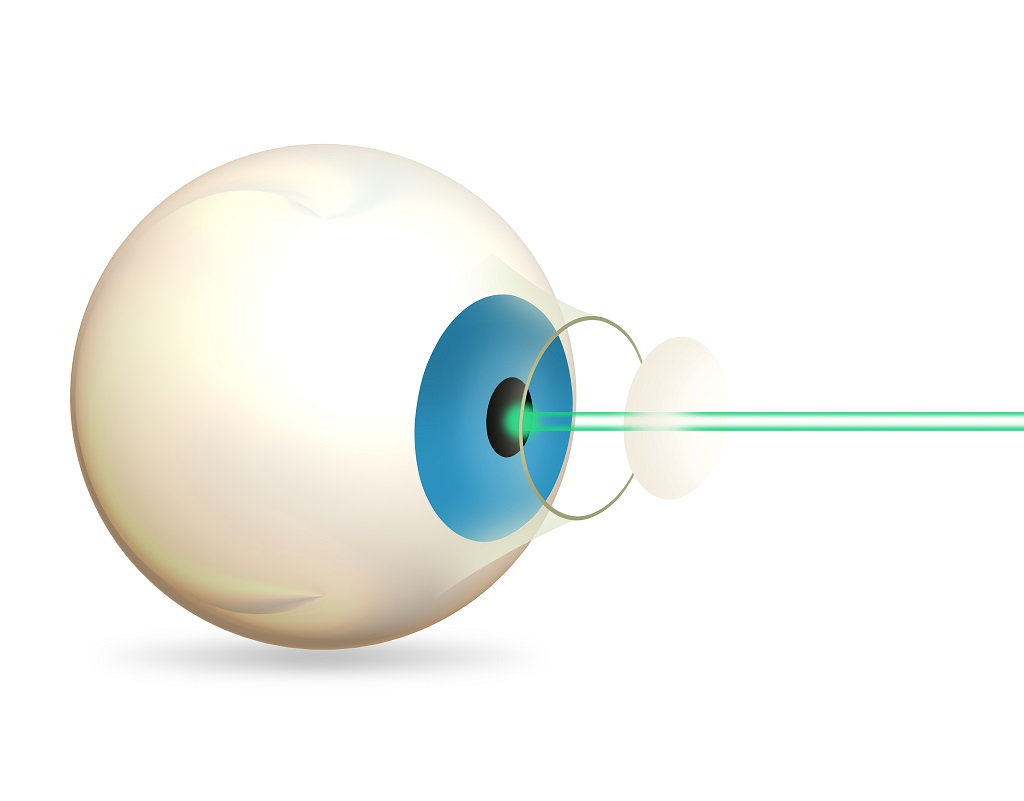No one ever wants to think about the potential for complications after surgery, but the fact is that they can happen. When it comes to RLE surgery, there are a few common complications that you should be aware of and take steps to avoid. In this blog post, we will discuss some of the most common RLE surgery complications and how you can prevent them from happening to you.
Contents
What Is RLE Surgery?
 RLE surgery, or Refractive Lens Exchange, is a type of vision correction surgery that is similar to LASIK. However, instead of correcting your vision by reshaping your cornea, RLE surgery involves removing your natural lens and replacing it with an artificial intraocular lens (IOL).
RLE surgery, or Refractive Lens Exchange, is a type of vision correction surgery that is similar to LASIK. However, instead of correcting your vision by reshaping your cornea, RLE surgery involves removing your natural lens and replacing it with an artificial intraocular lens (IOL).
It is important to note that RLE surgery is a very complex and delicate procedure. The procedure is performed under general anesthesia and takes approximately two hours to complete.
As with any surgery, there are potential risks and complications associated with RLE surgery. The process of this surgery is different than other vision correction surgeries because it involves removing your natural lens. This can cause a number of different complications, which will be discussed in more detail below.
What Are Common RLE Surgery Complications?
Like any other type of surgery, RLE surgery comes with certain risks and complications. Here are some of the most common RLE surgery complications:
Dry Eyes
One of the most common side effects of any type of vision correction surgery is dry eyes. This is because the surgery can cause damage to your tear ducts, which can lead to a decrease in tear production. Dry eyes can be a very irritating side effect, but there are some things you can do to help alleviate the symptoms.
Droopy eyelid
It is not uncommon for patients to experience a droopy eyelid, or ptosis, after RLE surgery. Ptosis can be caused by several factors, including damage to the levator muscle (the muscle that lifts the eyelid), stretching of the lid skin, and inflammation. In most cases, ptosis is a temporary condition that will improve on its own within a few weeks. However, if the ptosis is severe or does not improve, you may need to see an ophthalmologist for treatment.
Detached retina
Sometimes during surgery, the retina can become detached from the back of the eye. This is a serious complication that can cause blindness. If this happens, you will need to have another surgery to reattach the retina.
Symptoms of a detached retina include:
- Sudden onset of floaters (tiny specks or strands in your vision)
- Sudden onset of flashes of light
- Blurry vision
- Gradual loss of vision in one eye
Visual disturbances
If you experience blurred vision or any other changes in your vision, it’s important to contact your doctor right away. These changes could be a sign of serious complications, such as retinal detachment. This is defined as when the retina, a thin layer of tissue that lines the back of your eye, pulls away from the underlying layer of blood vessels.
Headaches
After RLE surgery, you may have some mild headaches. If the headaches are severe or don’t go away after a few days, contact your doctor. It is rare but possible, to have a build-up of fluid in the brain after this type of surgery.
Swollen cornea
In some cases, RLE surgery can cause the cornea, the clear front window of your eye, to swell. This usually occurs within the first few days or weeks after surgery and generally goes away on its own. However, if your cornea doesn’t return to its normal thickness within a few months, you may need a second surgery to correct it.
Dislocated intraocular lens
It is one of the most common complications that can occur during RLE surgery. This happens when the lens is not properly positioned in the eye after surgery. To avoid this complication, your surgeon will need to make sure that the lens is correctly positioned before completing the surgery.
Posterior capsule opacification (PCO)
When talking about RLE surgery complications, PCO is by far the most common. It occurs when cells from the back of the eye grow over the artificial lens, clouding vision. PCO can happen years after surgery and is usually treatable with a laser procedure. To avoid this complication, make sure to see your eye doctor regularly after surgery and take any recommended measures to reduce your risk.
Loss of vision
In severe cases, RLE surgery can cause a loss of vision. This is usually due to a detachment of the retina, which is the thin layer of tissue at the back of your eye that helps you see. If this happens, you may need to have another surgery to reattach the retina.
Other risks
Some other possible risks are mild and go away quickly. They include:
- Infection
- Bleeding or blood clots
- Scarring
- Pain and swelling around the incision
- Inflammation
This is why it is important to discuss all possible risks with your surgeon before having the procedure. You should also follow their post-operative instructions carefully to minimize the chances of any complications.
If you experience any severe pain, swelling, or bleeding, be sure to contact your surgeon right away. These could be signs of a more serious complication and will need to be treated promptly.
How To Avoid The Complications?
 Now it is important to know how can you avoid these complications. There are certain things that you need to keep in mind before and after the surgery. You should follow all the instructions of your surgeon very carefully. Some common tips are as follows:
Now it is important to know how can you avoid these complications. There are certain things that you need to keep in mind before and after the surgery. You should follow all the instructions of your surgeon very carefully. Some common tips are as follows:
- You should quit smoking at least two weeks before the surgery.
- Make sure that you are taking a balanced diet and eating healthy food.
- Keep your diabetes under control.
- Do not drink alcohol before the surgery.
- Make sure that you are taking all the necessary vitamins and minerals.
- Exercise regularly to keep your body fit and healthy.
These are some lifestyle changes that you can do to avoid any complications during or after the surgery. In addition, there are some prescriptions that your surgeon will give you to help prevent any infections. These might include:
- Using eye drops to lubricate your eyes
- Taking antibiotics before and after surgery
- Wearing special contact lenses or glasses
- You should also avoid any kind of strenuous activity for at least two weeks after the surgery. This will help you heal quickly and prevent any complications.
- Avoid rubs and scratches around the operated area.
- Do not expose your eyes to direct sunlight or dust for at least two weeks.
- Wash your hands regularly and avoid touching your eyes.
Make sure that you follow all these instructions carefully to avoid any problems. You should also make sure that you are choosing a good and experienced surgeon for your procedure. Do your research and ask around before making a decision.
A good surgeon will provide you with all the information that you need and will answer all your questions. They will also let you know about all the risks involved in the surgery. Once you have all the information, you can make an informed decision about whether or not to go ahead with the surgery.
Conclusion
To conclude, RLE surgery complications are relatively rare. However, they can occur and it is important to be aware of the possible complications that can occur. The best way to avoid any complications is to follow your surgeon’s instructions and attend all follow-up appointments. If you have any concerns, please do not hesitate to contact your surgeon.
With the right precautions and care, you can avoid any serious complications from RLE surgery and enjoy your new vision.
For more information and guidance, please contact Eye Mantra. EyeMantra offers the most advanced eye surgery options including PRK, Femto Lasik, SMILE surgery, Standard lasik, and Contoura vision. If you have any questions on lasik surgery, lasik surgery cost and lasik procedure, call us at +91-9711116605 or email at [email protected].


